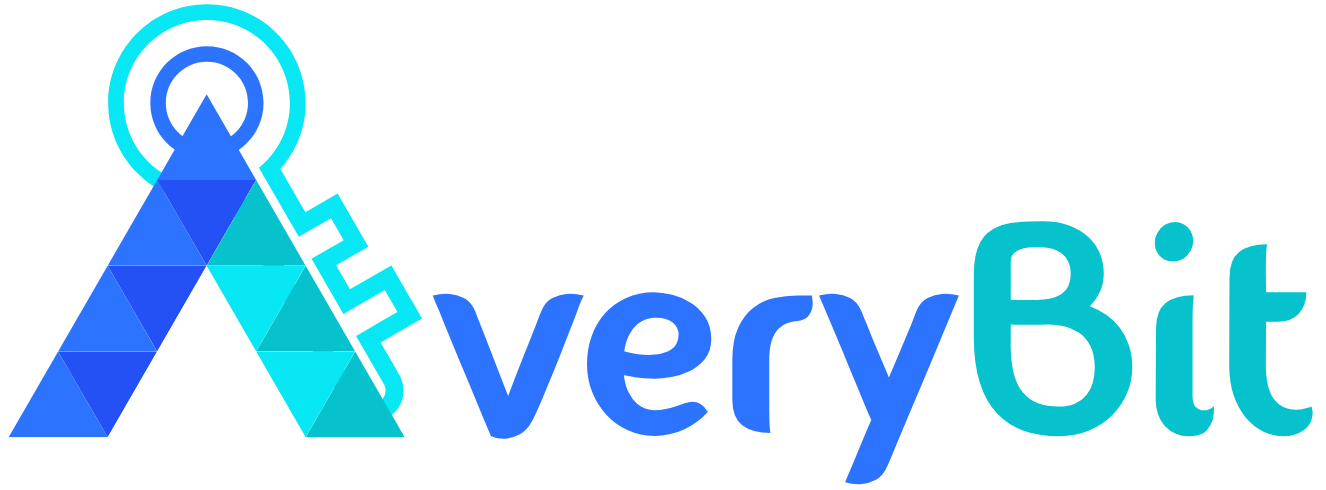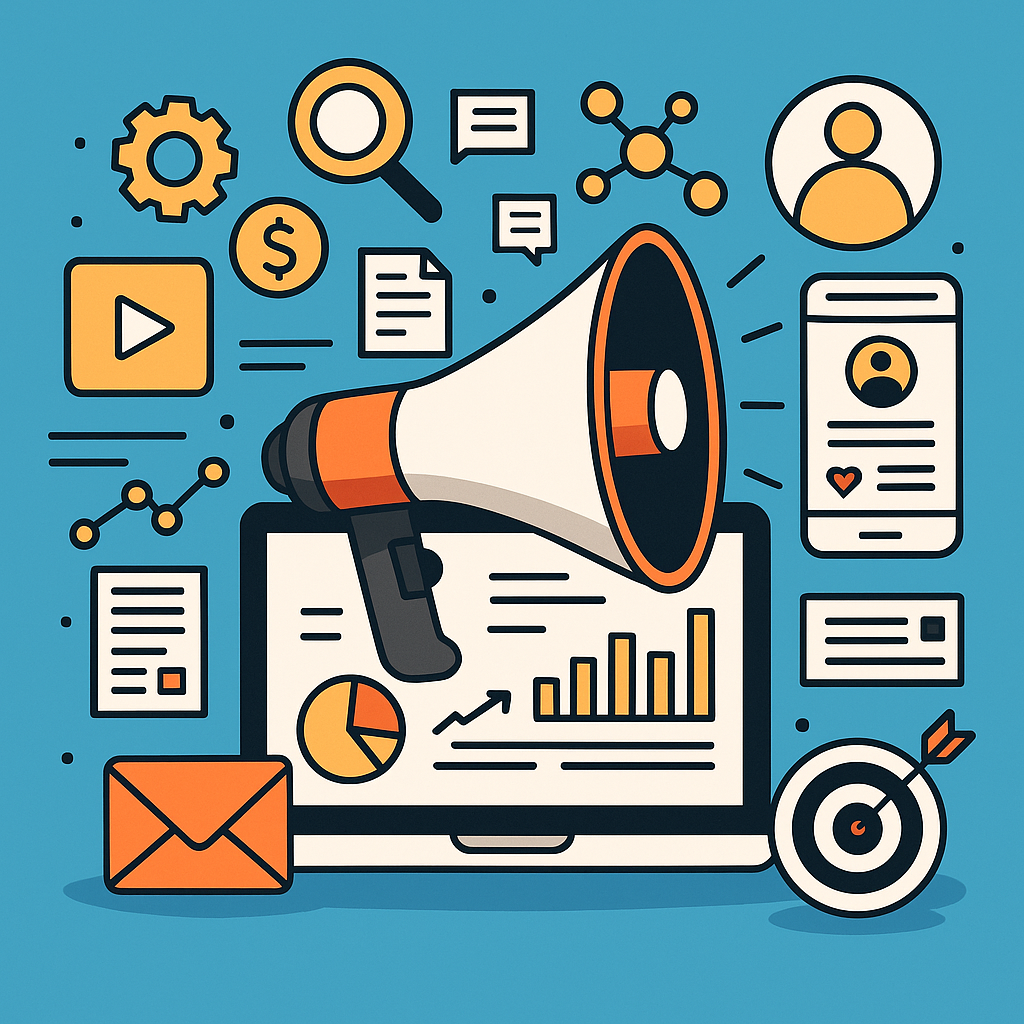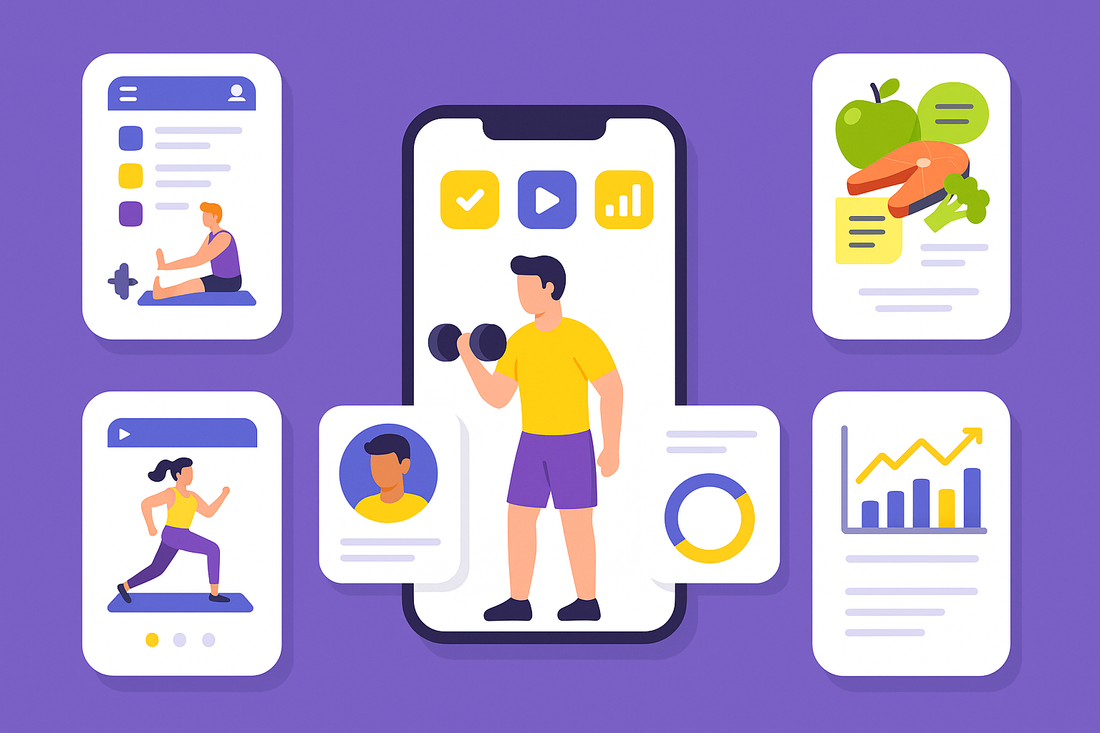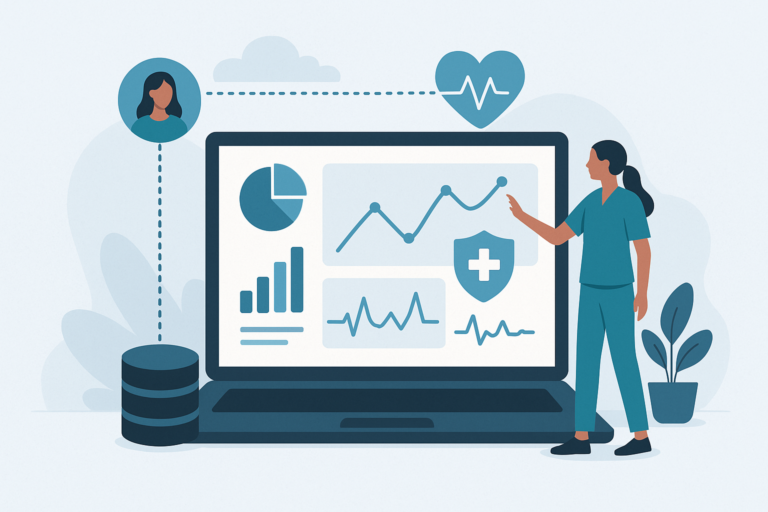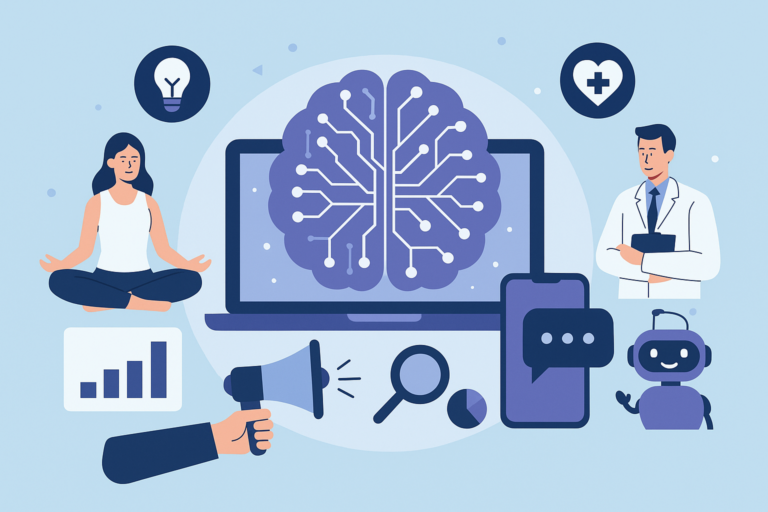Around 58% of small businesses have benefited from using digital marketing. This includes a wide range of strategies like SEO, email marketing, video and content marketing, social media, and websites. Digital marketing helps brands increase brand awareness and visibility on online platforms.
What is Digital Marketing?
Digital Marketing comprises all efforts that use the internet. This includes digital channels such as search engines, websites, email, and social media that can be used to connect with current and prospective customers.
In simple words, Digital Marketing refers to the use of the internet and digital technologies to sell and promote products and services. The key to successful marketing is connecting with the right customer or audience at the right time. In this generation, when the screen time of our consumers consumes most of their time, connecting with them through the internet or mobile phones is the best way.
Benefits of Digital Marketing
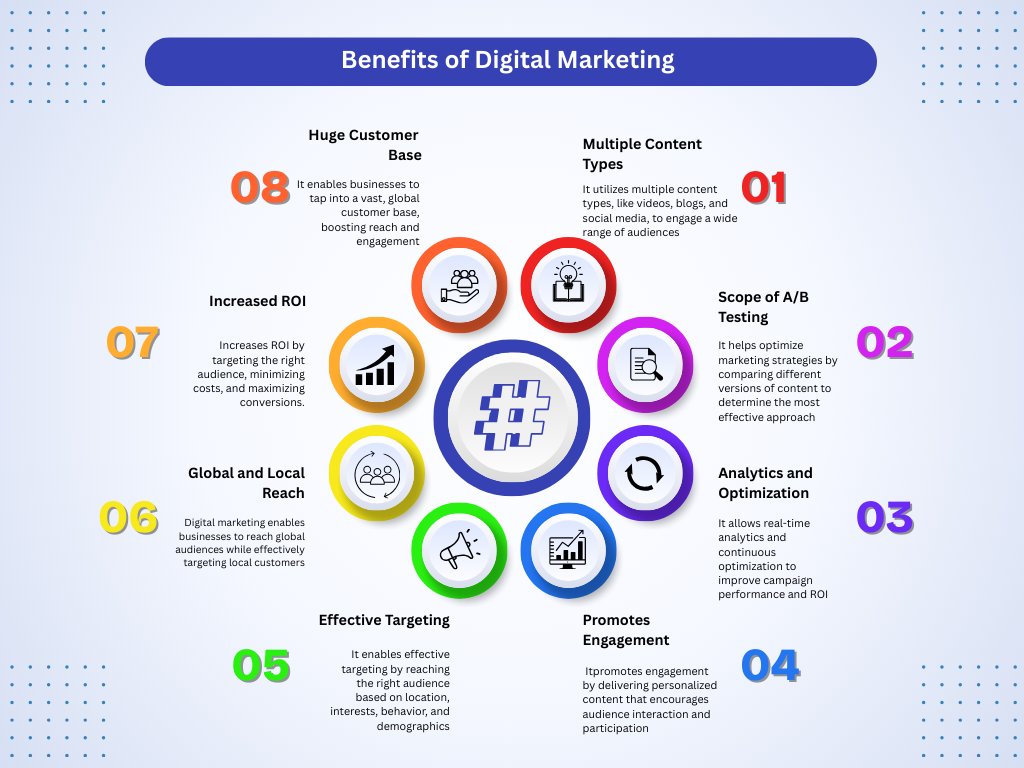
Different types of Digital Marketing channels
Content marketing: It is a strategic approach focused on creating and distributing relevant content to attract and retain customers. The aim of content marketing is not to directly promote the product but to provide informative, engaging, and entertaining content that addresses the needs of the viewers.
Social Media Marketing: It refers to the use of social media platforms to promote a brand, service, or product. Social media platforms like LinkedIn, Instagram, and Facebook provide the opportunity to engage with the targeted audience to build brand awareness and bring traffic to the landing page and website.
Search Engine Optimization (SEO): It focuses on optimizing website content and structure to improve its visibility on the web in a non-paid form. The primary objective of SEO is to increase web traffic by ranking high on search engines.
Email Marketing: It involves sending targeted messages to a list of subscribers to promote the product, share news, or nurture a relationship. It can be used to drive conversions, promote a product or service, and build customer loyalty.
Influencer Marketing: It is a strategy where brands collaborate with social media influencers who have a strong and engaged following to promote their product and services.
Pay-per-Click Advertising (PPC): PPC involves placing ads on search engines or other platforms and paying when users click on the ads. It can be used to generate leads and drive website traffic.
Strategies that should be adopted in 2025
- Companies should move from sales-centric to value-driven marketing, where content should be designed in a way that sales should be natural out of belief.
- Brands should collaborate with content creators for storytelling rather than ads.
- In this era of AI, the marketing content should be personalized for each customer and segment.
- Companies should only focus on their targeted segment of the audience.
Challenges faced by marketers in 2025
- With the change of time, customers’ demands and expectations also change, and meeting these expectations can be challenging for marketers.
- As digital marketing uses different digital platforms so it is very difficult to calculate the ROI from each platform.
- Marketers need to balance their marketing with creativity to grab the attention because now attention span of consumers has become very less.
🔎 Conclusion
Successful marketing is not just about purchasing the product but creating a meaningful impact and a personalized experience that builds a lasting impact in the minds of the viewer. Companies must put their audience at the heart of their strategies. Marketers need to overcome their challenges, such as customer expectations, calculating ROI from different platforms, by using the channels of digital marketing effectively. Digital marketing is not just evolving, it is empowering businesses.
